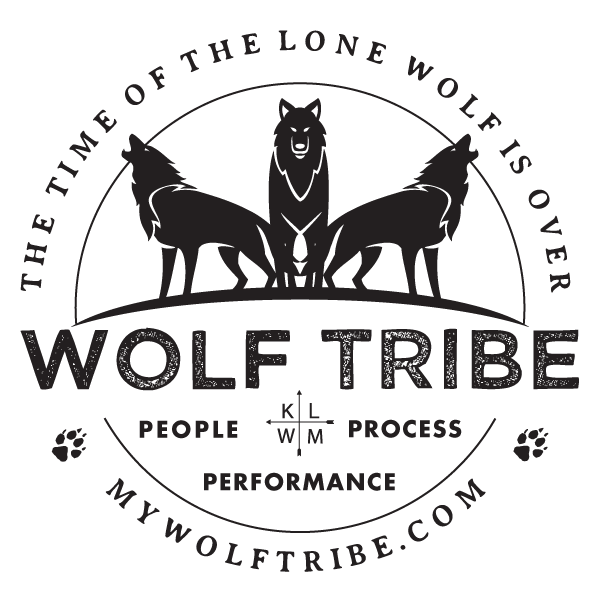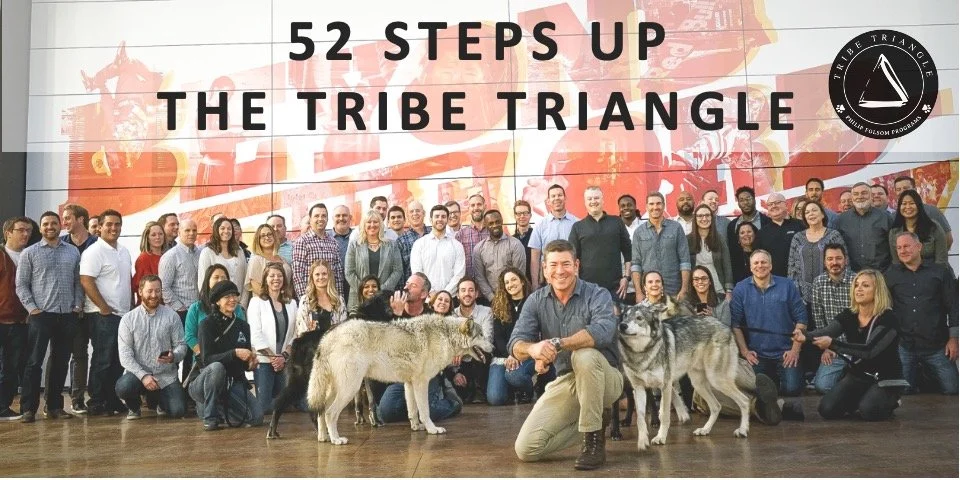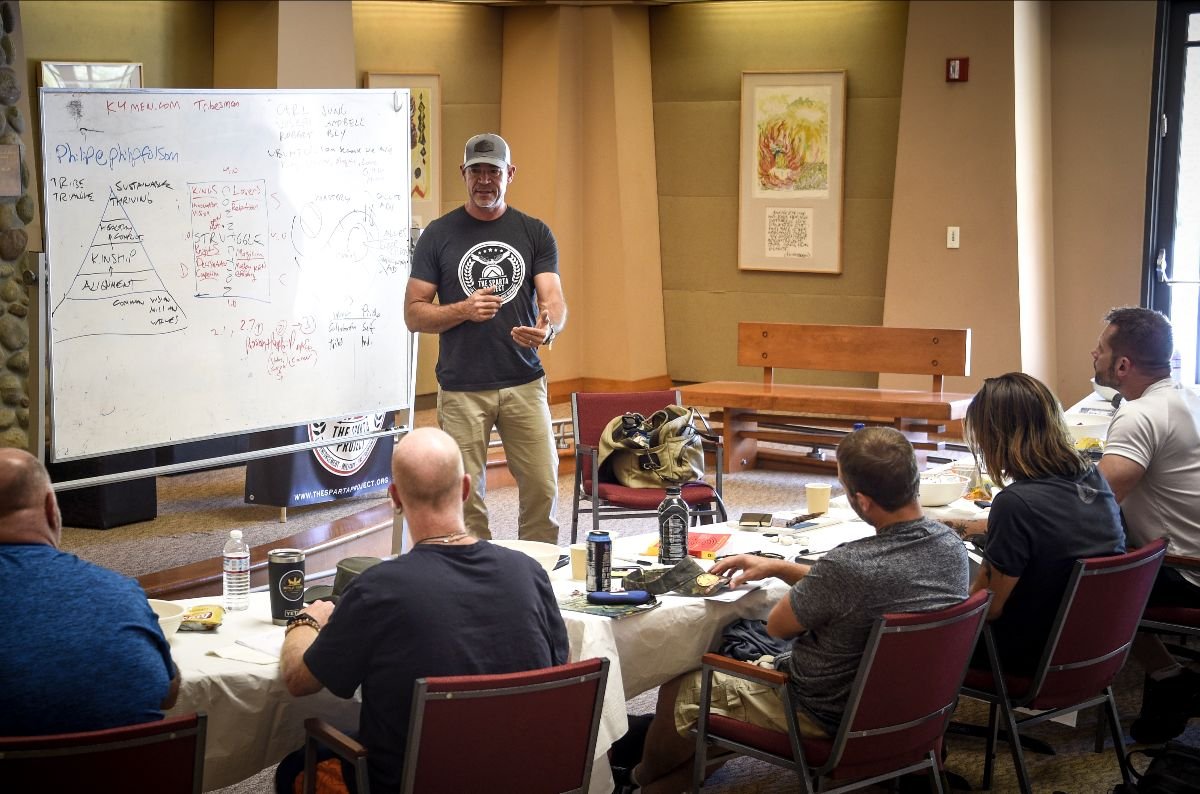Step 46 Up the Tribe Triangle: Growth Mindset Cycles and Preparing for War
The Roman army had one of the longest runs of sustainable success in human history. To operate at this high level for so long they developed a formal, four-stage process of introducing new technology and tactics into their culture. This commitment to constant improvement and readiness for the next season of war kept their culture vital and successful for thousands of years.
The strategy of relentless improvement is known as growth mindset. It has been implemented in sports teams and other honor-based cultures throughout history and is the only antidote to the creeping death of apathy, entropy and disengagement. Chances are it will work for your family and team as well.
To implement an ongoing growth mindset, we must be able to see and acknowledge that there are cycles and seasons to all things. There are times to push hard and times to recover. Both are required for success to be sustainable. Keep this in mind as you explore the four stages of growth.
Step One, Introducing New Ideas, Technology and Tactics
“The difficulty lies not so much in developing new ideas
as in escaping from the old ones.”
-John Maynard Keynes
This may not appear to be the hardest step, but most families and teams get stopped at this point. Coming up with new ideas is the easy part. Letting go of old ideas is the hard part.
Commitment to ongoing improvement is called a growth mindset and it is a rare and hard-won component of your culture. It is so important, that most successful organizations have some version of it included in their core values. Once your people have accepted the challenges of change as normal, they will be able to bypass the initial hurdle of resistance.
Engaging in regular growth and learning represents a commitment to long-term success over short-term comfort. It takes a tremendous amount of time and energy to teach and learn something new. It also carries an additional psychological cost of frustration and humility because everything new requires a period of incompetence. This is why growth mindset can only be successfully implemented after Healthy Conflict.
“Every generation has underestimated the potential for new ideas.
Possibilities do not add up. They multiply.”
-Paul Romer
As Head of Culture, you must model this process which means you must be willing to be publicly bad at something for a period of time. This is one of the most challenging parts for leaders because we earned our leadership through competence and it is precisely this that must be modeled.
Step Two, Integration
“Our method was to develop integrated products,
and that meant our process had to be integrated and collaborative.”
-Steve Jobs
Integration is exploring and discovering where the new strategy, technology or skill fits in to your existing culture or workflow. Every change will affect both the actions leading up to the change as well as the events, decisions and actions afterwards. There is an inherent factor of stress with all change and a certain amount of stress promotes growth. Too much stress degrades performance. This is another version of Flow State that we explored in chapter 40.
It is important to implement changes one at a time so they don’t create unmanageable chaos across your whole culture.
Finding and implementing new ideas and strategies is a skill, but integration is an art. This is the phase that your family or team will look to you for guidance. It will be hard to stay neutral and honor all sides of the conversation and process. If you are struggling with this, revisit your drivers of Kinship and Healthy Conflict because the levers of growth mindset are there. Use them.
Step Three, Hard Training
“We are what we repeatedly do. Excellence, then, is not an act but a habit.”
-William Durant and Aristotle
Repetition is the mother of skill. Even when you have buy-in on your new strategy or technology and explored how it will be implemented in your workflow or culture, there is still the uphill climb toward competence. Remember, new practices take up to 90% more energy than you or your team’s old habits. Also remember that it takes about 30 days to establish your new practice as a ritual. If you are lucky to have champions of change on your team you can lean on them. If not, you may have to be the battery that powers growth. This is what you signed up for, Tribe Leader. There are few things that will make this hard training phase easier.
Firstly, people will only work hard at things that are worth working hard for. Connecting these dots is your job as a leader. Have your team revisit and recommit to your shared, aspirational vision for the future. There is tremendous power locked up in hope.
“When you live for a purpose, then hard work isn’t an option. It’s a necessity.”
-Steve Pavlina
Secondly, revisit your shared values. There should be something inherently growth or improvement oriented in these. Remind your family and team of these values as a definition of who they are. Like everything else, you will have to lead the charge on this and model the hard training required for competency.
“Hard work and training. There is no secret formula.”
-Ronnie Coleman
Step Four, Going to War
This is your time in the arena. All things have seasons even they are hard to see when you are embedded in the day-to-day grind of life. Take a good look at the big picture view of the cycles in your family and business. You will see that there are busy seasons at work, school, holidays and fitness as well as calmer times when recovery and learning must implemented.
These seasons used to be obvious when we were more connected to the natural world. If you are involved in sports, education or other related fields, these cycles will be obvious. If not, you will have to identify and introduce these cycles to your people. We cannot be in war mode all the time and everyone needs periods of recovery after hard pushes.
Honor these cycles with your team and be intentional when your people need to recover before the introduction of the new cycle of ideas and strategies. Most importantly, honor these cycles yourself.
Click here to watch the video of Step 46: Growth Mindset
Leaders Must Write and Speak
Answer these questions in your journal by really writing them down. Discuss them with at least one of your most important people and really listen to their response.
When is the busy, ‘going to war’ season of your family or organization? When are there times for recovery and learning?
What is an area of your family or organization that requires a new strategy, skill or system to improve or stay current?
What is a component of your job or life that you can publicly, transparently and actively commit to growth? This will require bravery and humility because you will be modeling the struggle of improvement.
Ubuntu,
Philip Folsom






